It is very appropriate that Sam Gennawey’s much-anticipated book, “Walt and the Promise of Progress City”, available at Amazon.com, has been released within several weeks of the recent celebration of the 40th Anniversary of the opening of Walt Disney World’s Magic Kingdom. Why appropriate? Although Gennawey’s book focuses on EPCOT, one realizes, once diving into this book, that what this California urban planner is telling his audience is beyond the design of EPCOT but the evolution of Walt Disney’s understanding of what a theme park should be.
Gennawey devotes much of his book to explaining the learning curve Walt Disney and his imagineers experienced while designing, building, and maintaining Disneyland. The author sweeps up his audience and scoops them into his own monorail of progress and cites the influences, the people, the places, and the lessons learned that eventually led to what we now have in Orlando.
Gennawey, an urban planner by profession, makes it all very clear that a theme park was not built in a day, and, in regards to Epcot, was not being built even in a decade but perhaps over a period of 25 years.
How does Gennawey get us on board with his thoughts? Very simply he takes us back to the beginning. One of the most overlooked aspects of Walt Disney’s legacy is that although he was a visionary, in many ways, he defined the building blocks for what makes a visionary”¦and that is…experience and education. Walt was very much a learner and a student of family entertainment and amusement parks. He studied his guests and tried to understand what made them tick.
Gennawey brings us to the inner circle of Walt Disney’s mind and uses his words to paint for us a portrait of how Walt’s thought processes took place. Along the way with each stroke of his author’s brush Gennawey slowly unveils the curtain that indicates exactly what the forces were that led to the concept of Epcot.
One of the most interesting points made in this book was the revelation as to the number of people and influences that impacted how Walt and his staff envisioned what Epcot should be.
Those who are students of the theme park industry and especially all things Disney would serve them well to dive into Gennawey’s work to discover the not so well known influences that led to the design of Epcot.
For example, Gennawey points out how the obscure Disneyland episode, Magic Highways, USA which focused on the American highways system, required extensive research and brought with it dividends to Walt’s staff in terms of insight into how transportation technology has played a part in how America’s highways and cities have evolved. That insight led to other areas of research, which helped Walt, and his staff realize their need to understand what the future would not necessarily bring, but would require.
Gennawey’s book, often serves the audience as a remarkable time machine where the Disney fan can go back and experience what Walt and his creative team experienced in producing television shows and how this work influenced the construction of Disneyland…and thoughts of what should happen beyond Disneyland.
The design and development of Disneyland was truly an exercise and learning path in itself, as Gennawey implies, and the lessons learned from that experience would fuel many of the approaches that would be taken in what Epcot should be.
Gennawey is quick to point out that Walt was never formally trained in urban planning but has made a significant impact in the way we perceive how to design and build cities. Walt understood the -¦timeless way of building.” More importantly, Gennawey tells us that not only did Walt want to tell us timeless stories but that he also wanted to create timeless places.
The author brings all the concepts of urban planning to the level of Disney fans that will find themselves entertained by how he uses familiar Disney theme park landmarks to bring his readers to a deep and complete understanding of how these concepts work to appease the needs of the Disney guest.
Site lines, patterns, perspectives, and colors all play into what makes things work for Disney and Gennawey does his best to inform his readers on how all what is learned through Disneyland went a long way towards the design of Epcot.
The best way to describe Gennawey’s book is to imagine walking down a long corridor and as you stop and admire each painting and get a new understanding for how the corridor was constructed, the corridor becomes more lit and you can admire another painting that gives you more information and more understanding until you reach the end and say, “Ahhh, now I understand how I got here!”
Unlike any other book written on Walt Disney World, “Walt and the Promise of Progress City” is the complete chronicle of the influences that took place, the lessons learned from Disneyland, and the obscure experiences of Walt Disney and his staff that led to the concept of Epcot.
What’s more impressive is that Gennawey’s mastery storytelling makes this book a candidate for reading by anyone, be it a Disney fan, an aficionado of urban planning, or anyone interested in how an American success story can evolve over so many years.
Gennawey quotes author Ray Bradbury who says that Walt was -¦an optimal behaviorist…” who -¦knew that he could function in architecture, and later he used that power and raised it to its highest degree.”
Gennawey says, “Walt wanted to build an entire planned community based on this belief. He wanted to change the public’s expectations of what a city-and happiness-could be.”
In closing I need to admit that reading “Walt and the Promise of Progress City” made me all too aware of gaps in my knowledge of how Walt Disney and his staff were influenced in theme park design and development. Sam Gennawey has very eloquently filled those gaps for me and has helped me fully understand and appreciate even more, the amazing visionary of the 20th Century, Walt Disney.

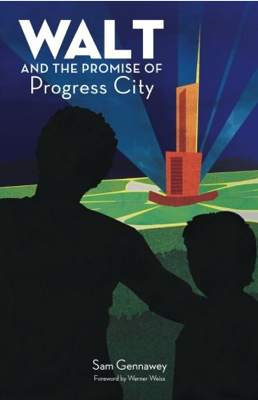

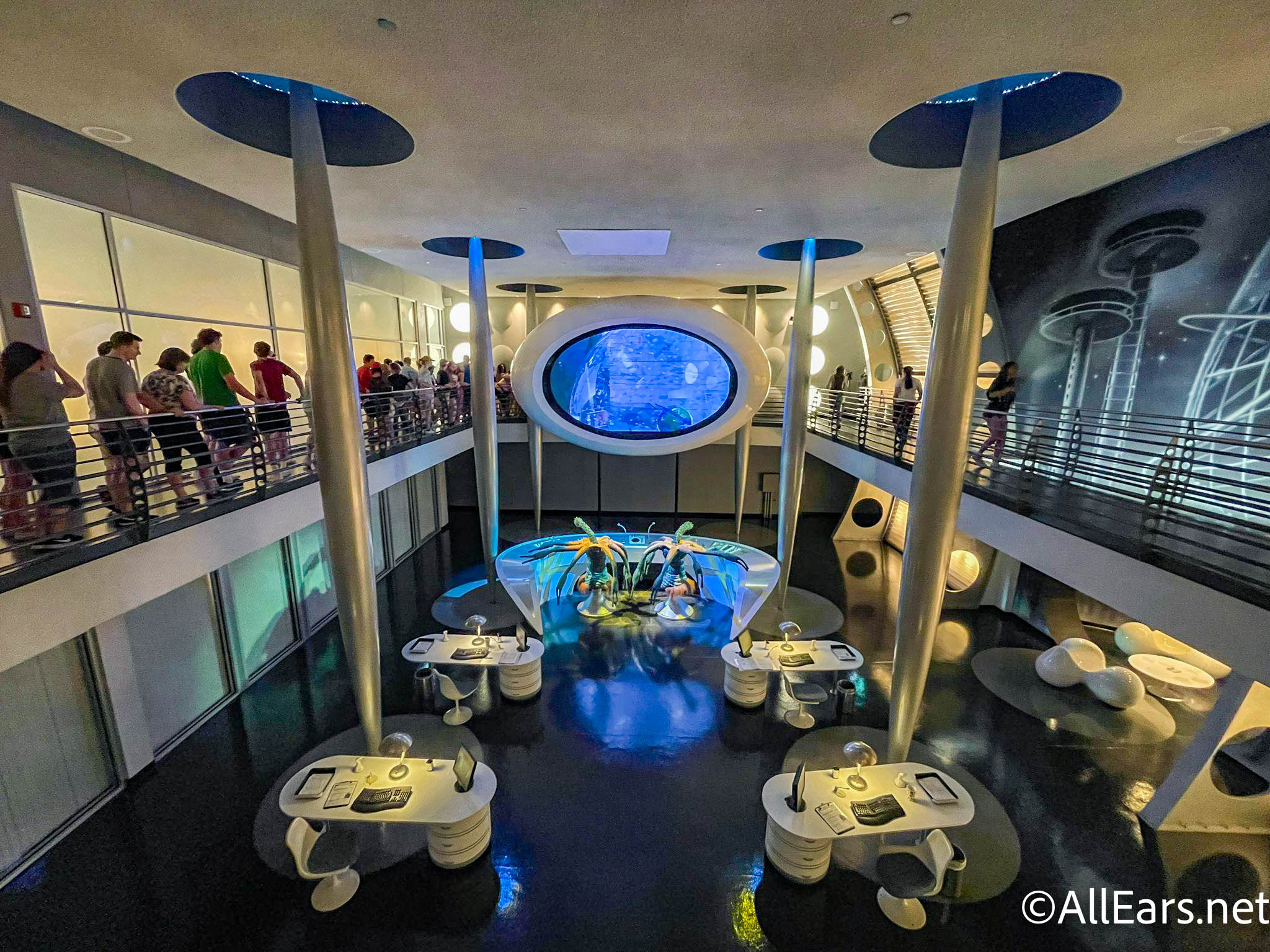


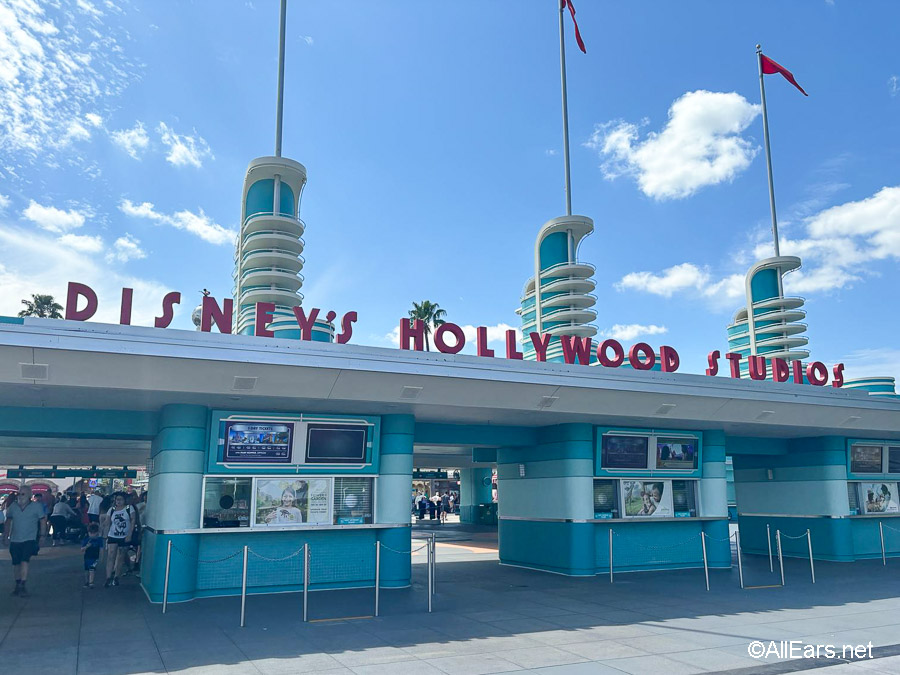
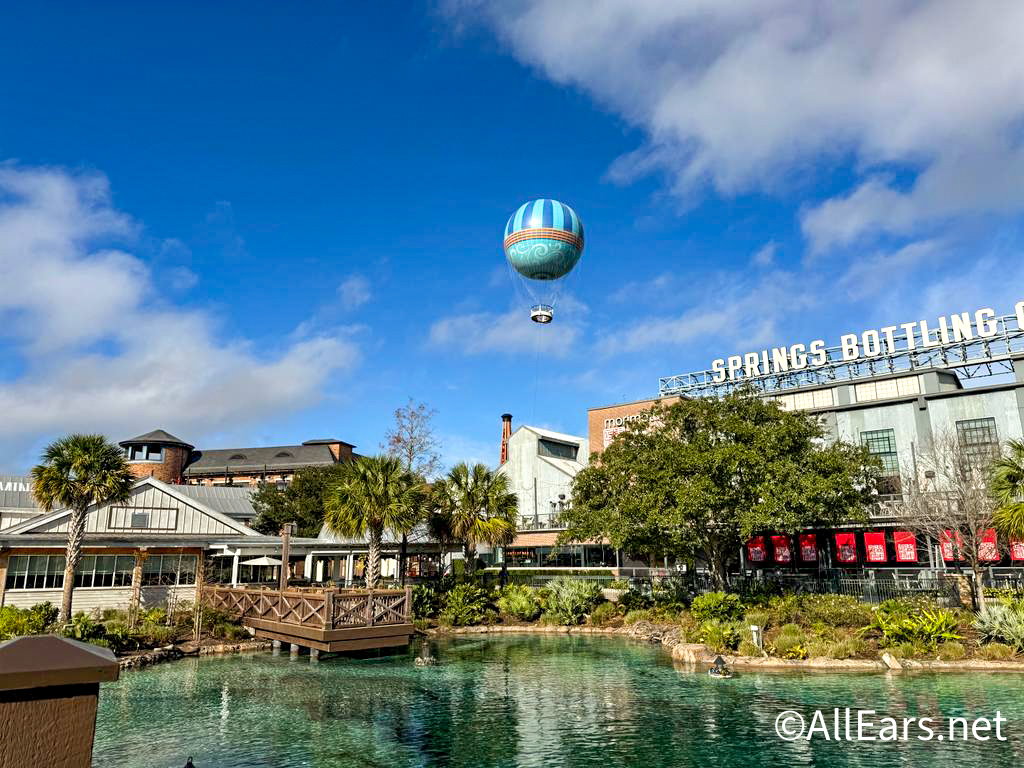

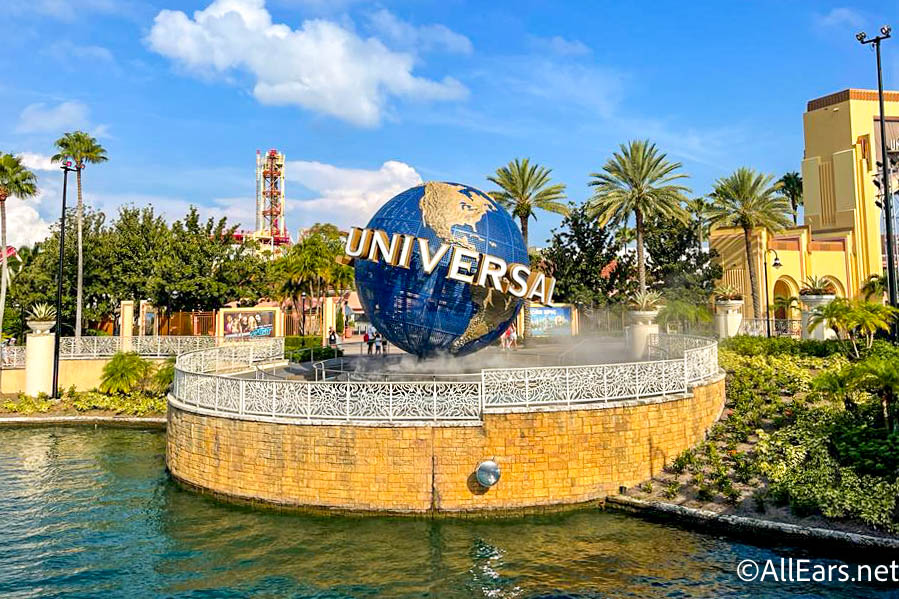






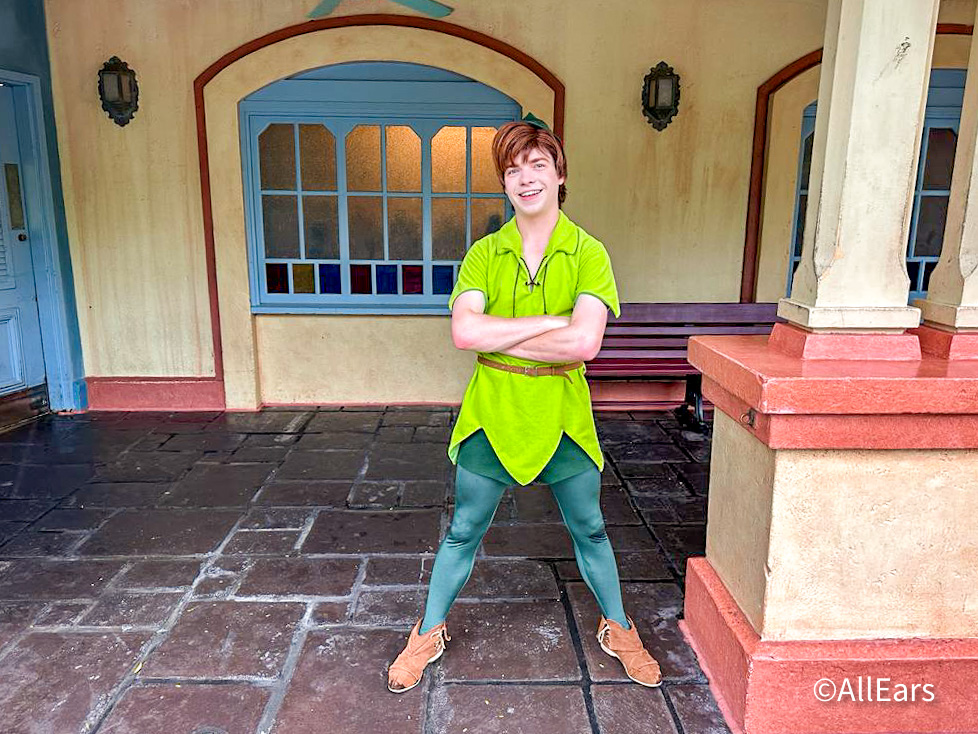

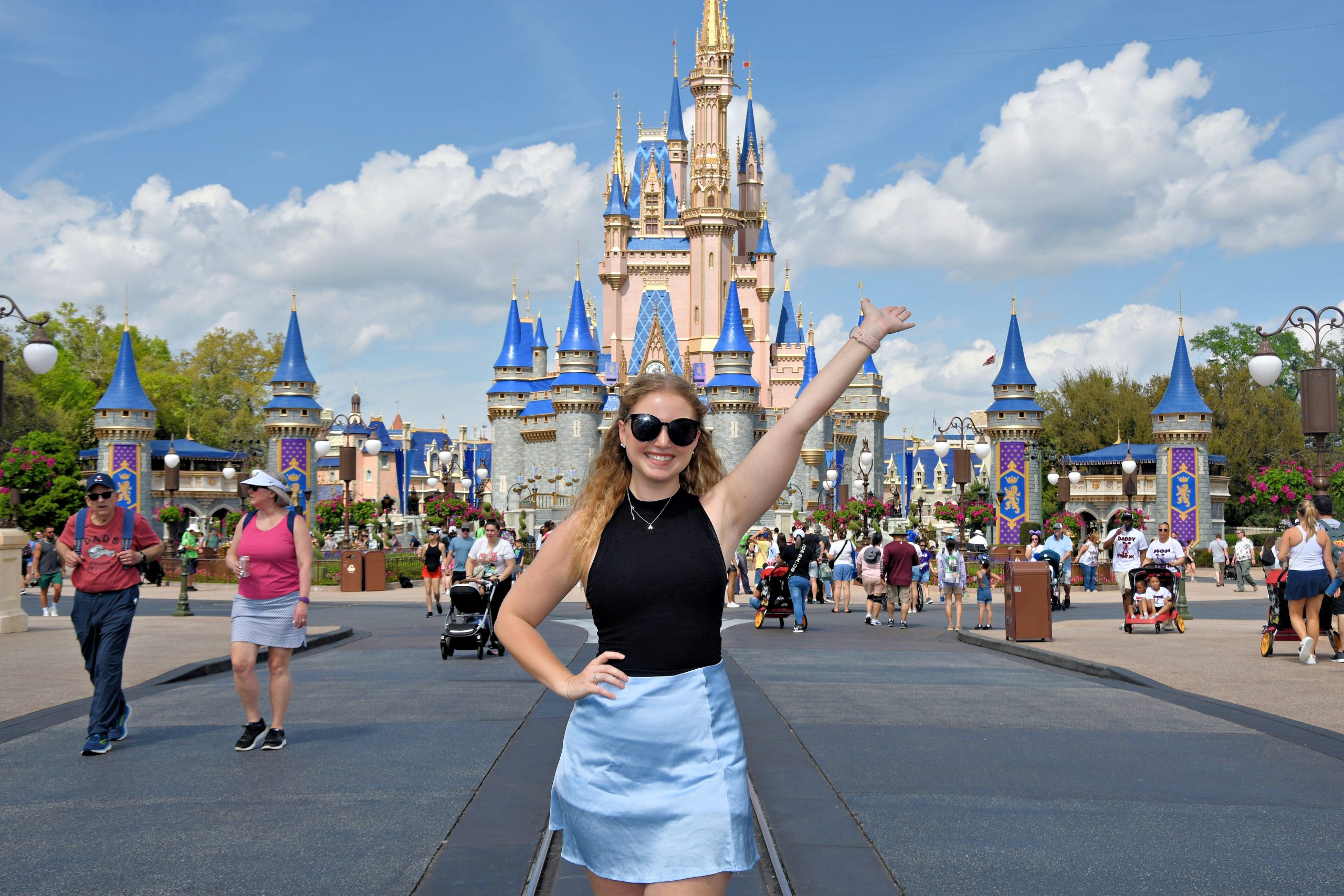
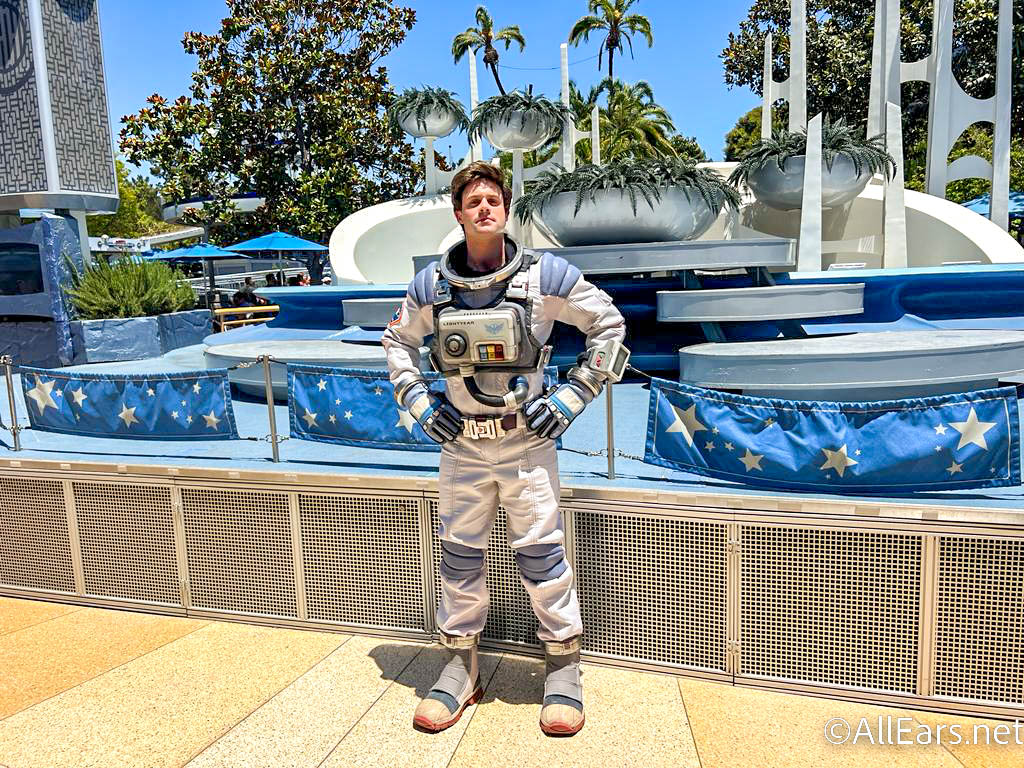

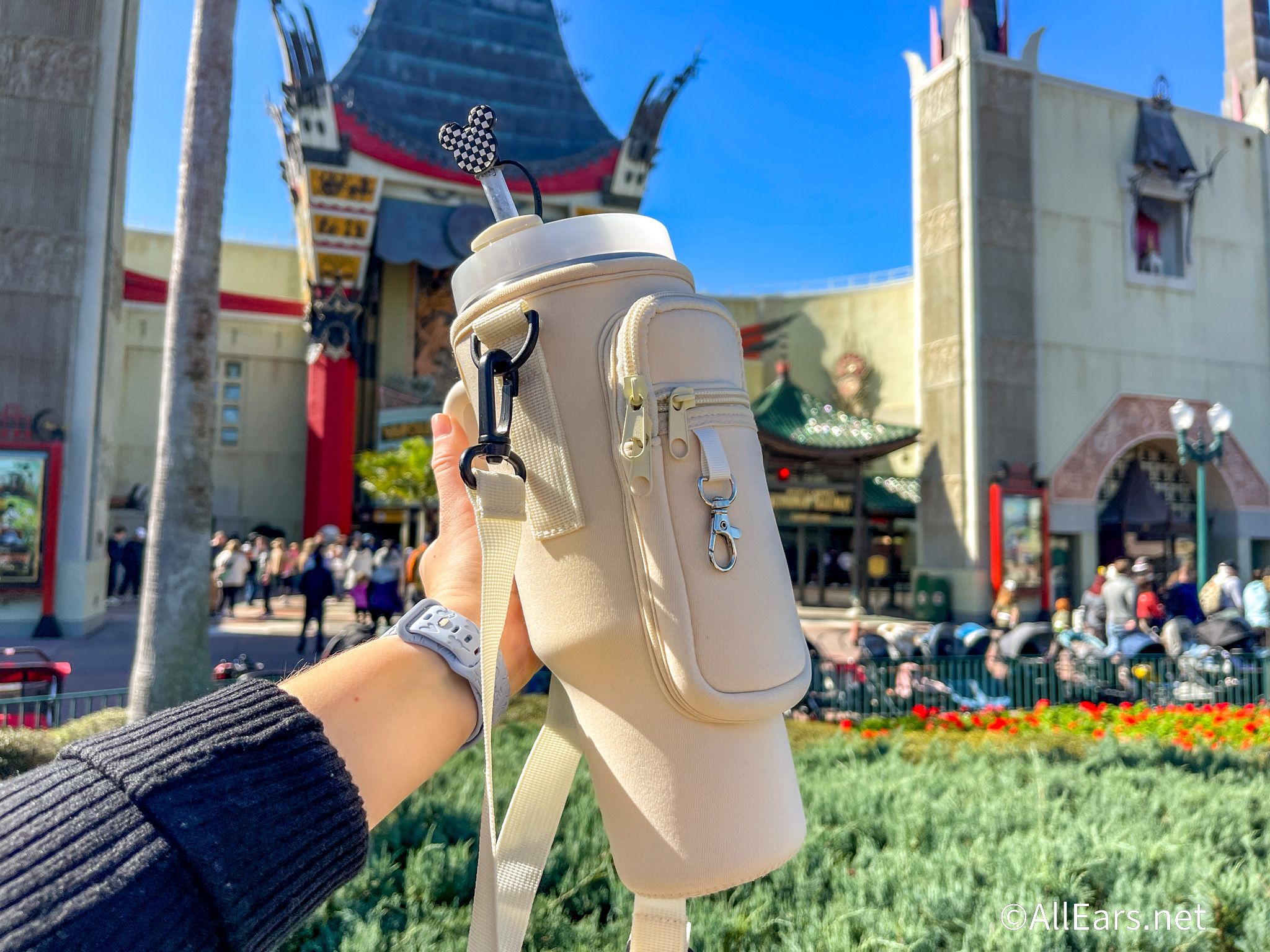

Thanks for the kind words.
Sam Gennawey
Thanks for the review–I’m looking forward to reading this book. Have you read Project Future? It’s a very interesting read about the real estate transactions and the formation of the Reedy Creek Improvement District!
* * * *
Yes Heather, I read and wrote a review on Project Future.
You can read my review at…
http://land.allears.net/blogs/mikescopa/2010/05/project_future_the_inside_stor_1.html